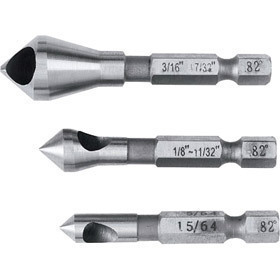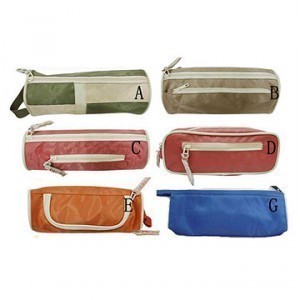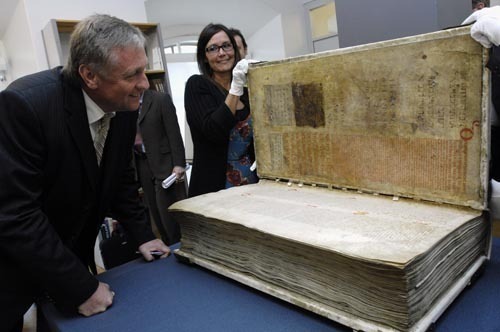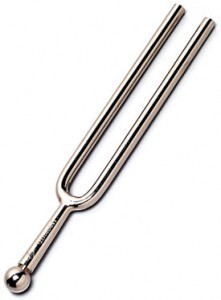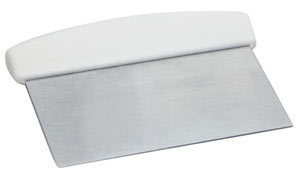Photographic Film Dimensions
As the technology surrounding cameras and photography have changed,  the dimensions of photographic film and their properties have been altered. New formats and concepts have been introduced, although some formats remain more popular than others.
the dimensions of photographic film and their properties have been altered. New formats and concepts have been introduced, although some formats remain more popular than others.
Photographic Film Sizes: 135 Film
This cartridge film is 1.4 in or 35 mm wide. This format came out in 1934 (produced by Kodak) and has become the standard used in still photography. The 135 rolls are set in metal cassettes. The cassettes are light tight, which permits them to be put in the camera during the day.
The size of the film is the same as that used in 35 mm movie prints. The size of the 135 film frame is now being used by digital SLR cameras. Although other film formats are being introduced, the 135 is still preferred by many photographers.
Photographic Film Sizes: APS
The APS (Advanced Photo System) film is 24 mm wide. There are three image formats. The H (High Definition) measures 30.2 × 16.7 mm with an aspect ratio of 16:9 (4 × 7" print). The C (Classic) measures 25.1 × 16.7 mm (4 × 6" print) with an aspect ratio of 3:2.
The third format is P (Panoramic), which measures 30.2 × 9.5 mm). The print is 4 × 11" and the aspect ratio is 3:1. The P and C formats are made by cropping. The C format’s ratio is equal to the 135. Most of the cameras that support the APS record all three formats. The film is set on a 39 mm single spool plastic cartridge. It is 30 mm at the slot.
Photographic Film Sizes: 110
Released in 1972 by Kodak, the 110 film format is the smaller version of the 126 made by the company. Each frame of the 110 measures 13 mm × 17 mm (0.51 in × 0.67 in). The container is a plastic cartridge. The film type and frame number can be seen via a window at the cartridge’s back.
The film format is often used with low cost cameras. However, the 110 film format can also be used for some high end cameras. Unlike other film formats, the 110 processed negatives are returned minus the cartridge.
Photographic Film Sizes: 127
The 127 format’s dimensions are 4 × 4 cm (square). There are also rectangular 4 x 6 and 4 x 3 available. The roll film itself is 46 mm wide. Markings for the 4 x 4 and 4 x 6 are set on the backing paper. If the square format is used, a dozen exposures are present in a roll. The 4 x 3 has 16 and the 4 x 6, 8.
Some 127 films are called A127 and also vest pocket films. Kodak stopped making these film formats in 1995. However there are still some manufacturers that use the 127. The color transparences can be placed on 2 inch square slide mounts and projected via 35 mm projectors.
For causal photographers, only a few of these photographic film sizes will be used. But it still pays to know the various formats in case they have to be employed.
